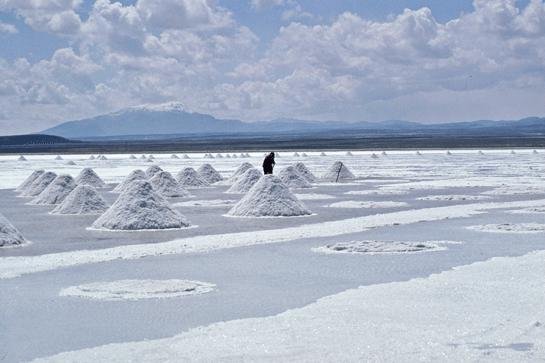SUCRE, Bolivia, Feb. 8 (UPI) -- Some 16,000 years ago, a giant lake called Tauca stretched across the foothills of the Andes. It covered the Bolivian Plateau, encompassing nearly 5,000 square miles.
But 2,000 years after its climax, some 14,000 years ago, the lake disappeared. It left behind the world's largest salt crust, but a climatic legacy poorly understood by scientists.















